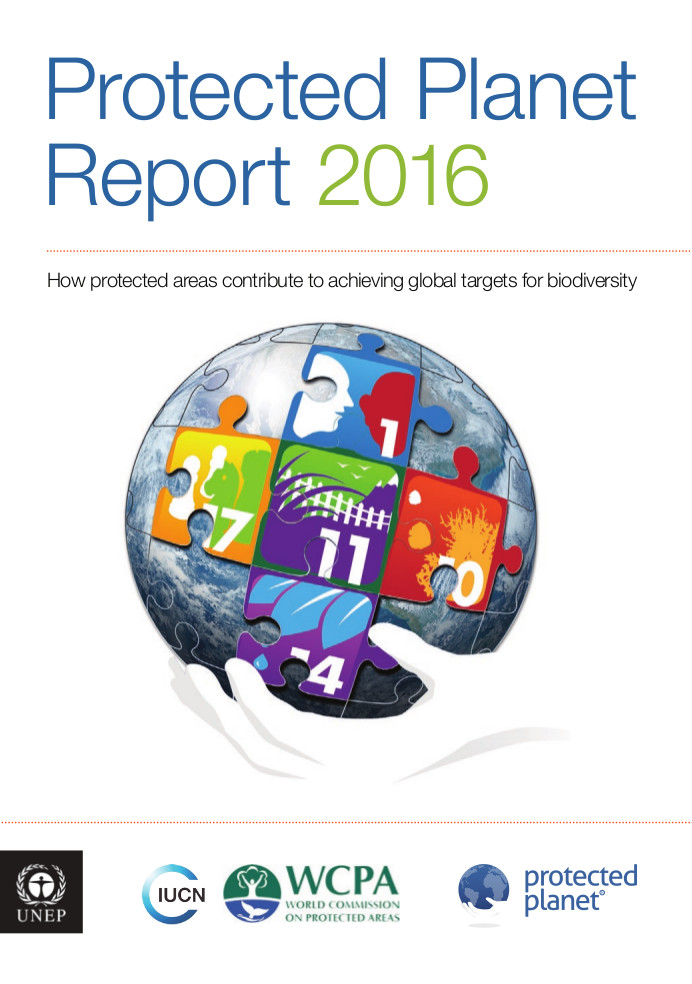Location
IUCN is a membership Union uniquely composed of both government and civil society organisations. It provides public, private and non-governmental organisations with the knowledge and tools that enable human progress, economic development and nature conservation to take place together.
Created in 1948, IUCN is now the world’s largest and most diverse environmental network, harnessing the knowledge, resources and reach of more than 1,300 Member organisations and some 16,000 experts. It is a leading provider of conservation data, assessments and analysis. Its broad membership enables IUCN to fill the role of incubator and trusted repository of best practices, tools and international standards.
IUCN provides a neutral space in which diverse stakeholders including governments, NGOs, scientists, businesses, local communities, indigenous peoples organisations and others can work together to forge and implement solutions to environmental challenges and achieve sustainable development.
Working with many partners and supporters, IUCN implements a large and diverse portfolio of conservation projects worldwide. Combining the latest science with the traditional knowledge of local communities, these projects work to reverse habitat loss, restore ecosystems and improve people’s well-being.
Resources
Displaying 31 - 35 of 142Protected Planet Report 2016
In 2010, the Parties to the Convention on Biological Diversity (CBD), adopted the Strategic Plan for Biodiversity 2010-2020 and its 20 Aichi Biodiversity Targets. It has since been endorsed by multiple Multilateral Environmental Agreements as a global framework for biodiversity. In 2015, the members of the United Nations adopted the 2030 Agenda for Sustainable Development and its Sustainable Development Goals (SDGs).
Protected Planet Report 2016
In 2010, the Parties to the Convention on Biological Diversity (CBD), adopted the Strategic Plan for Biodiversity 2010-2020 and its 20 Aichi Biodiversity Targets. It has since been endorsed by multiple Multilateral Environmental Agreements as a global framework for biodiversity. In 2015, the members of the United Nations adopted the 2030 Agenda for Sustainable Development and its Sustainable Development Goals (SDGs).
Protected Planet Report 2016
In 2010, the Parties to the Convention on Biological Diversity (CBD), adopted the Strategic Plan for Biodiversity 2010-2020 and its 20 Aichi Biodiversity Targets. It has since been endorsed by multiple Multilateral Environmental Agreements as a global framework for biodiversity. In 2015, the members of the United Nations adopted the 2030 Agenda for Sustainable Development and its Sustainable Development Goals (SDGs).
Protected Planet Report 2016
In 2010, the Parties to the Convention on Biological Diversity (CBD), adopted the Strategic Plan for Biodiversity 2010-2020 and its 20 Aichi Biodiversity Targets. It has since been endorsed by multiple Multilateral Environmental Agreements as a global framework for biodiversity. In 2015, the members of the United Nations adopted the 2030 Agenda for Sustainable Development and its Sustainable Development Goals (SDGs).
Biodiversity Indicators: UNECE & SDGs
Dr Tom Brooks, Head, Science and Knowledge International Union for Conservation of Nature UNECE, Committee on Environmental Policy, presentation on Biodiversity Indicators: UNECE and the SDGS at the 12th Session of the Joint Task Force on Environmental Statistics and Indicators, 17 November 2016.





